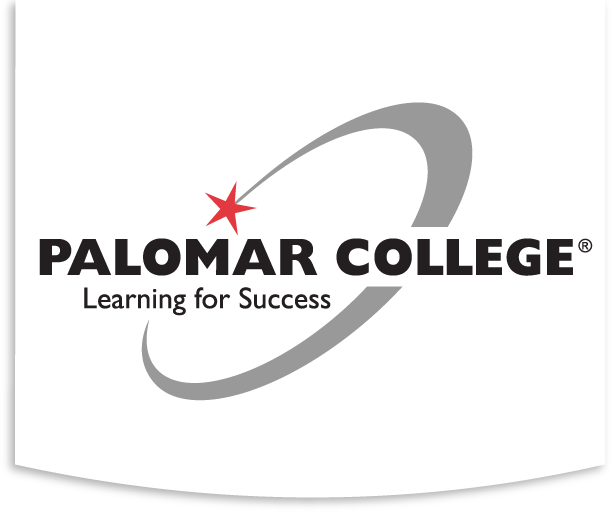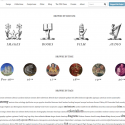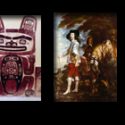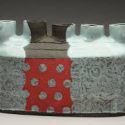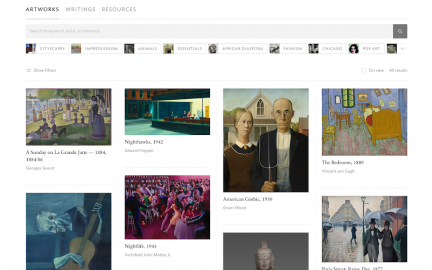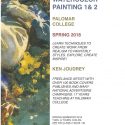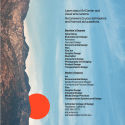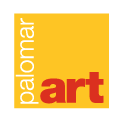The Public Domain Review website aims to share materials, specifically those that have fallen into the public domain. The site features Collections and Essays and can be searched by medium, time, or tags. They have images, books, film, and audio.
As their website explains, The Public Domain Review is an online journal and not-for-profit project dedicated to the exploration of curious and compelling works from the history of art, literature, and ideas.
In particular, as our name suggests, the focus is on works which have now fallen into the public domain, that vast commons of out-of-copyright material that everyone is free to enjoy, share, and build upon without restriction.
Screenshot taken of the Public Domain Review Website
